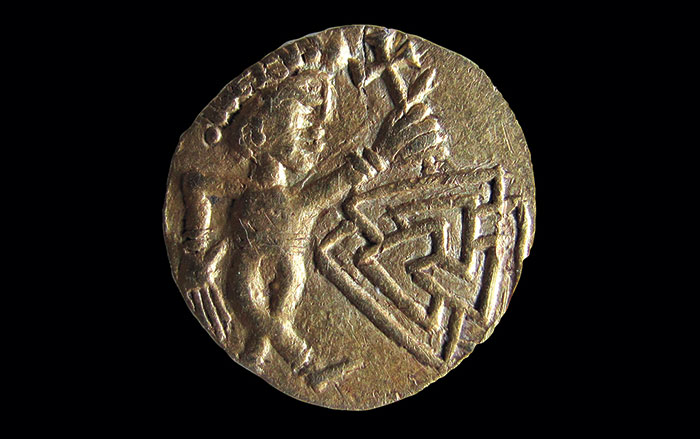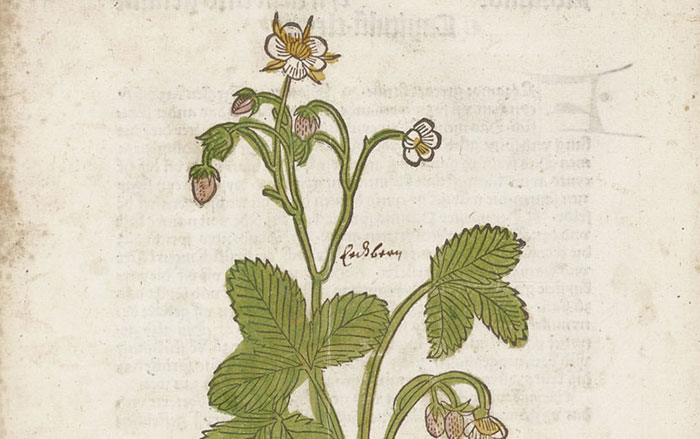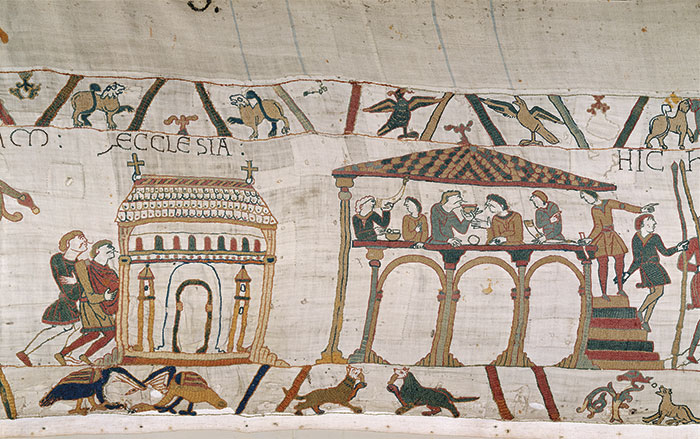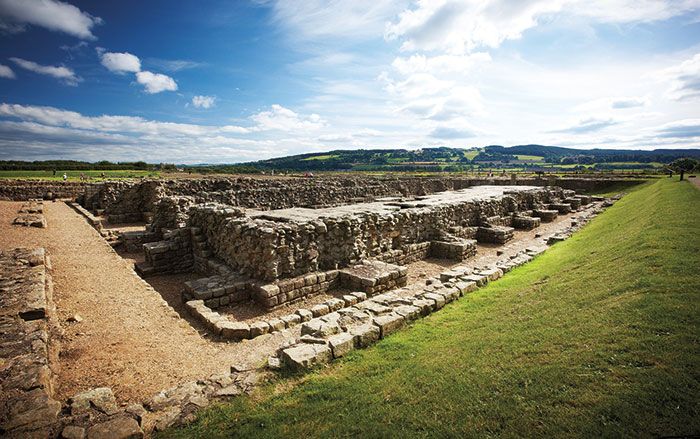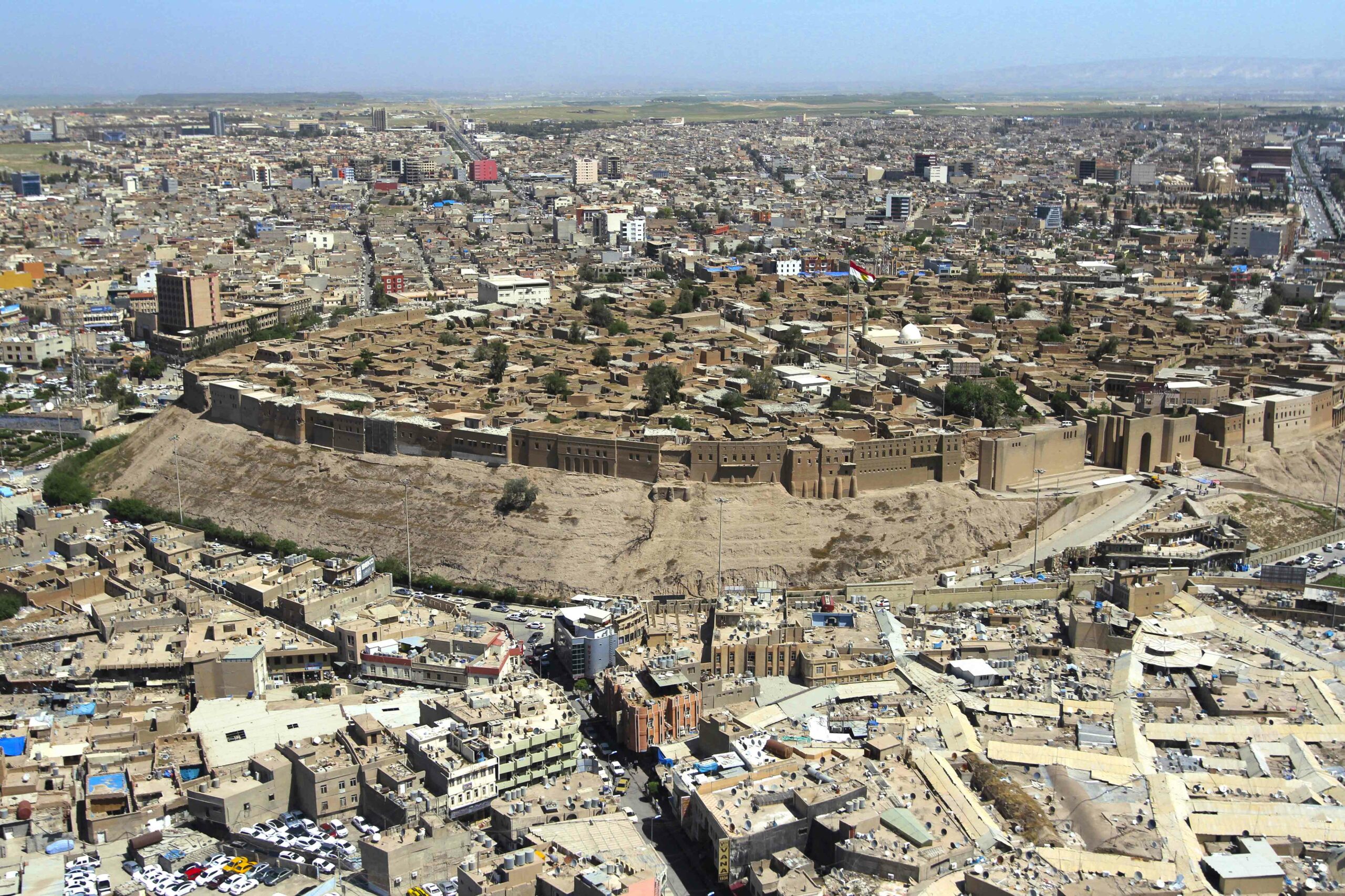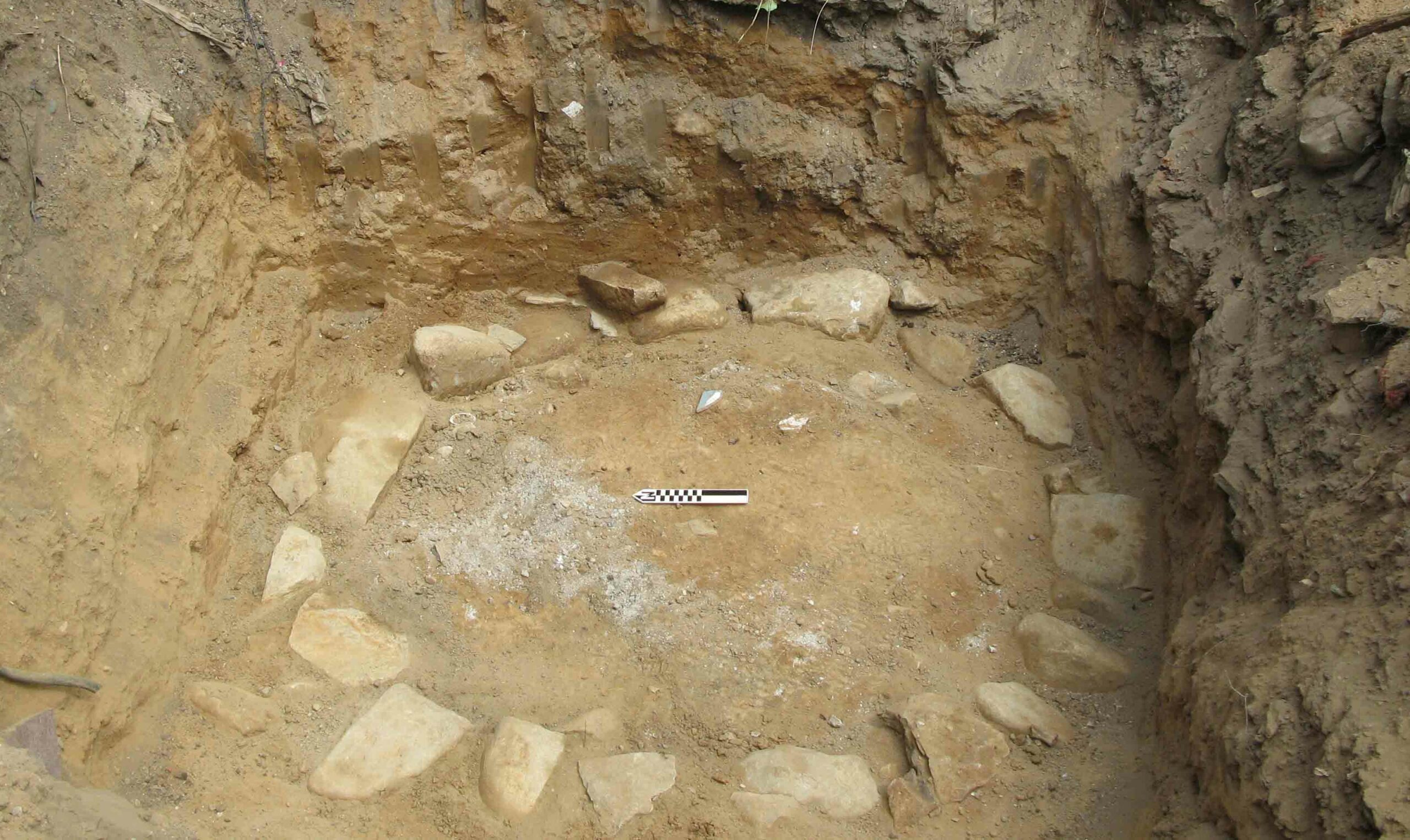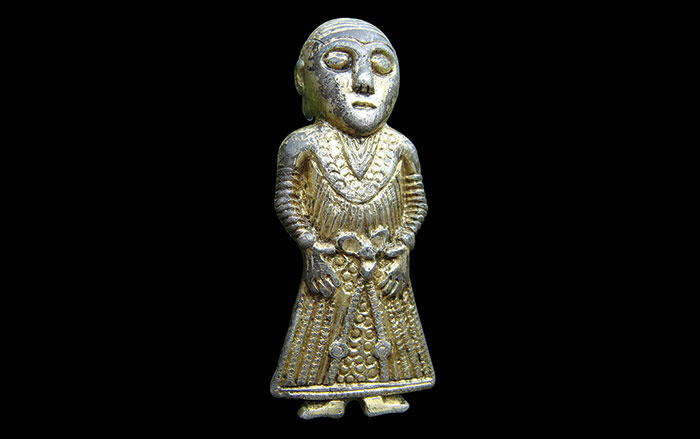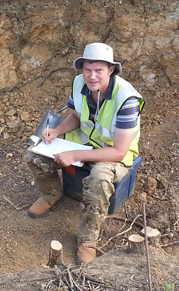
SOUTHAMPTON, ENGLAND—The Baker’s Hole site in Kent is known for its 250,000-year-old Neanderthal remains. Francis Wenban-Smith of the University of Southampton is working to survey it and examine paleo-environmental remains before the site is lost to erosion, animal burrows, and plant roots. “These biological remains can tell us a lot about the environment early Neanderthals lived in. We can tell if the climate was warm or cold, whether the area was wooded or marshland, and other factors that help us to see the context in which they lived. They can also help date the site accurately,” he said. The new information will help to create a management plan that could ensure the site’s survival. To read about research into Neanderthal diet and technology, see "Neanderthal Medicine Chest."


